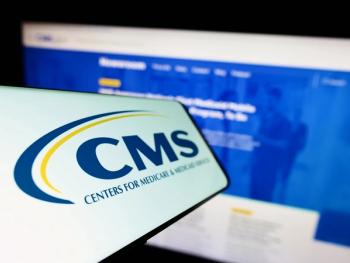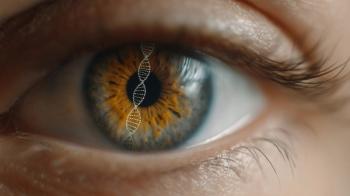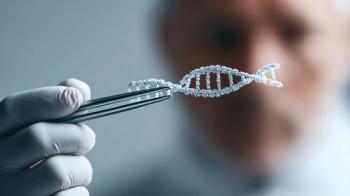
Gene Therapy Shows Promise for Hereditary Deafness Across Age Groups
All 10 participants in this trial showed improvements in hearing within the first month of receiving the gene therapy, which delivered healthy copies of the OTOF gene.
Children and adults with a hereditary form of deafness saw significant hearing improvements within one month of receiving an experimental gene therapy, according to results from a multicenter trial published in Nature Medicine.
The
Researchers from five hospitals in China delivered the gene therapy directly into participants' inner ears through a surgical procedure. The treatment works by providing healthy copies of the OTOF gene, which is essential for transmitting sound signals from the ear to the brain.
Participants' hearing levels improved from profound hearing loss (106 decibels on average) to moderate hearing loss (52 decibels), representing substantial gains toward the normal range of 0 to 25 decibels. Similar improvements occurred in other hearing measures, including auditory brainstem response thresholds. Most hearing improvement occurred within the first month after treatment, accounting for 62% of the total gains observed at six months.
“Importantly, the present gene therapy is able to improve hearing rapidly with the first month of drug delivery, albeit to various degrees, in all ten participants, including one older adolescent and one adult,” the study authors wrote.
The study authors noted that the speed of improvement among patients provided important insights into how this type of deafness works. The quick hearing gains indicate that patients' inner ear hair cells and nerve pathways were largely intact but unable to transmit sound signals properly due to the missing protein. Once the gene therapy delivered healthy copies of the OTOF gene, these existing structures could resume normal function rather than requiring months to regenerate or repair.
One 7-year-old participant achieved particularly dramatic results, with hearing levels improving from 105 decibels to just 10 decibels, well within the normal range. Four months after treatment, she could carry on daily conversations with her mother without using her cochlear implant or relying on lip-reading, according to the study.
The study showed that treatment effects varied significantly based on age. Participants between 5 and 8 years old showed the most improvement, with hearing gains exceeding 80 decibels. Younger toddlers and older participants demonstrated less dramatic but still meaningful improvements.
Even the study’s oldest participant, a 23-year-old woman, experienced hearing improvements. Her hearing thresholds improved from 101 decibels at baseline to 40 decibels after six months of treatment.
“To our knowledge, a multicenter clinical trial of gene therapy for deafness involving adult participants has not been reported previously,” the study authors wrote.
The research builds on earlier trials that focused primarily on young children. This expanded study included participants ranging from toddlerhood to adulthood, providing new evidence that gene therapy can benefit older patients with hereditary deafness.
Autosomal recessive deafness 9 affects approximately 1 in 13,862 newborns based on screening data from this study. The condition typically results in severe to profound hearing loss from birth due to problems with OTOF gene function.
The trial continues with a planned five-year follow-up to assess long-term safety and effectiveness.
Newsletter
Get the latest industry news, event updates, and more from Managed healthcare Executive.






















































